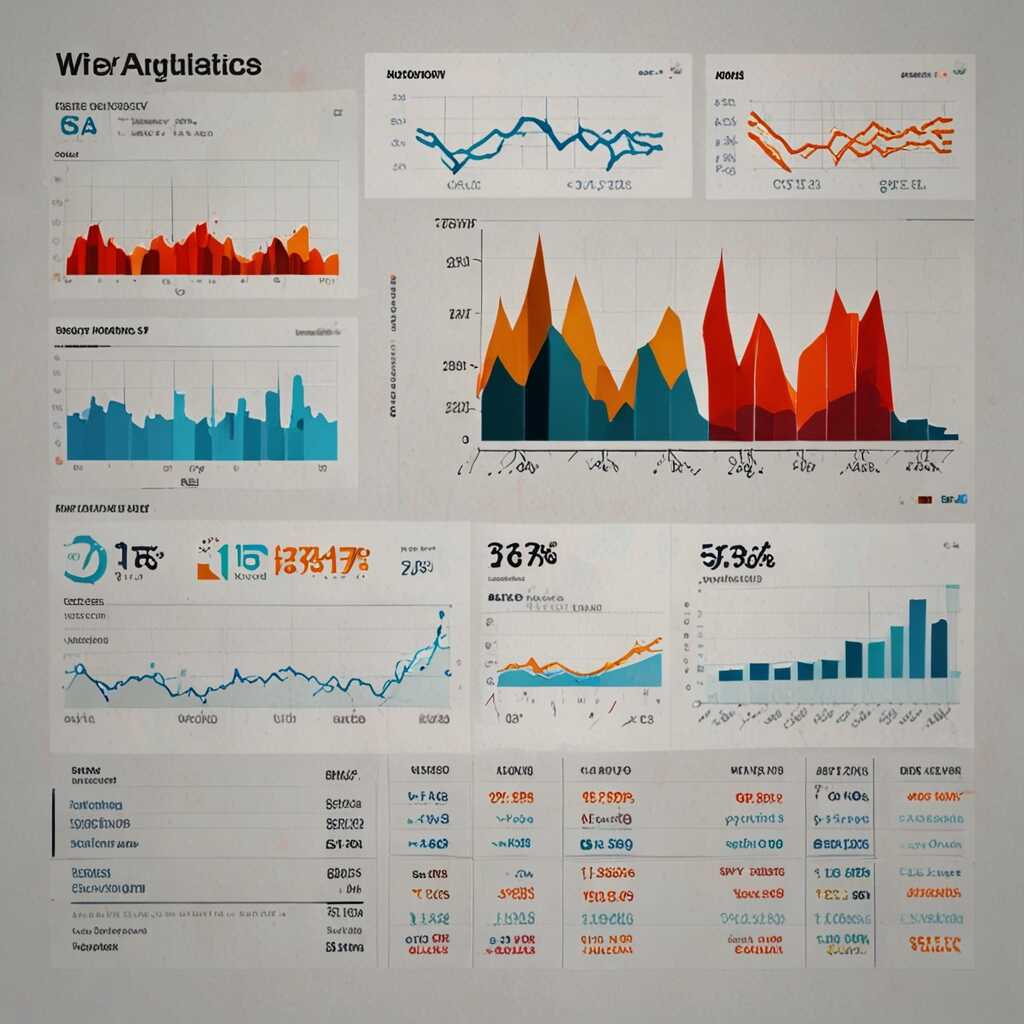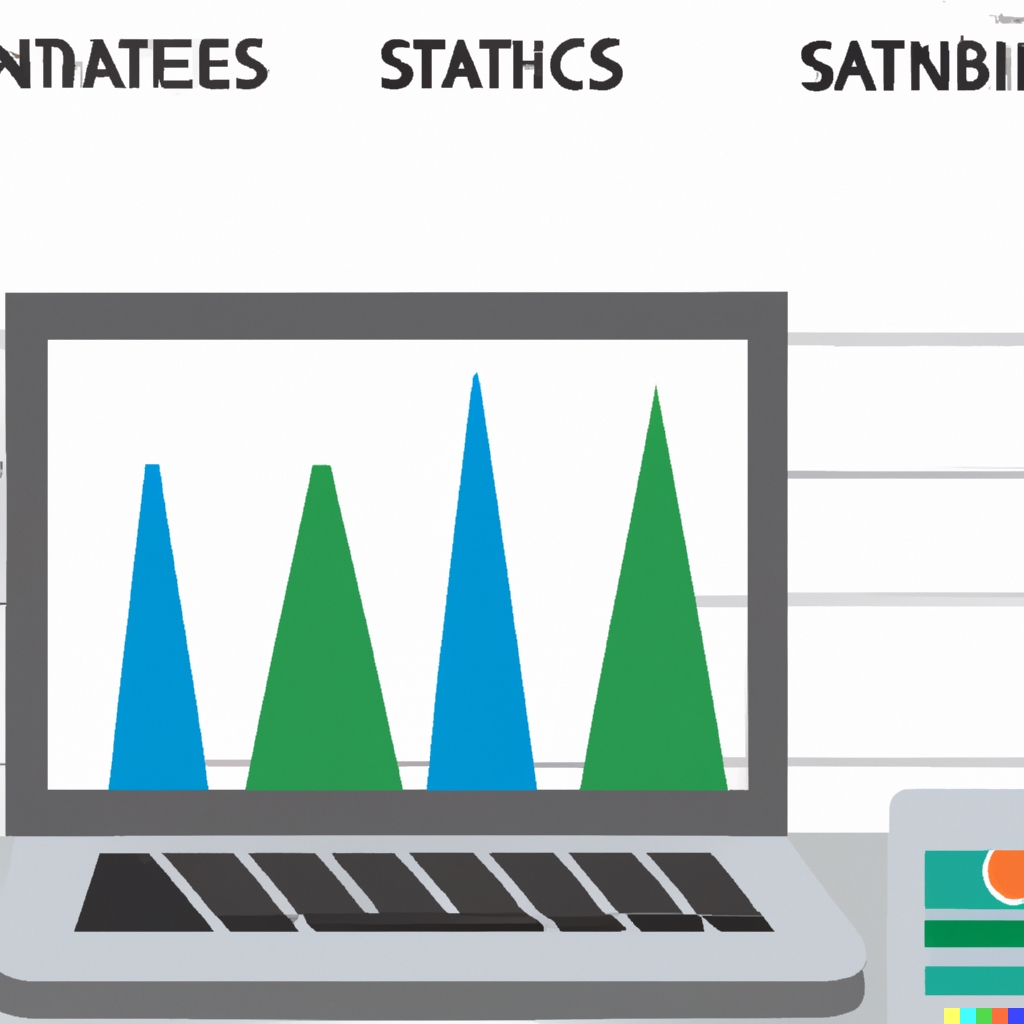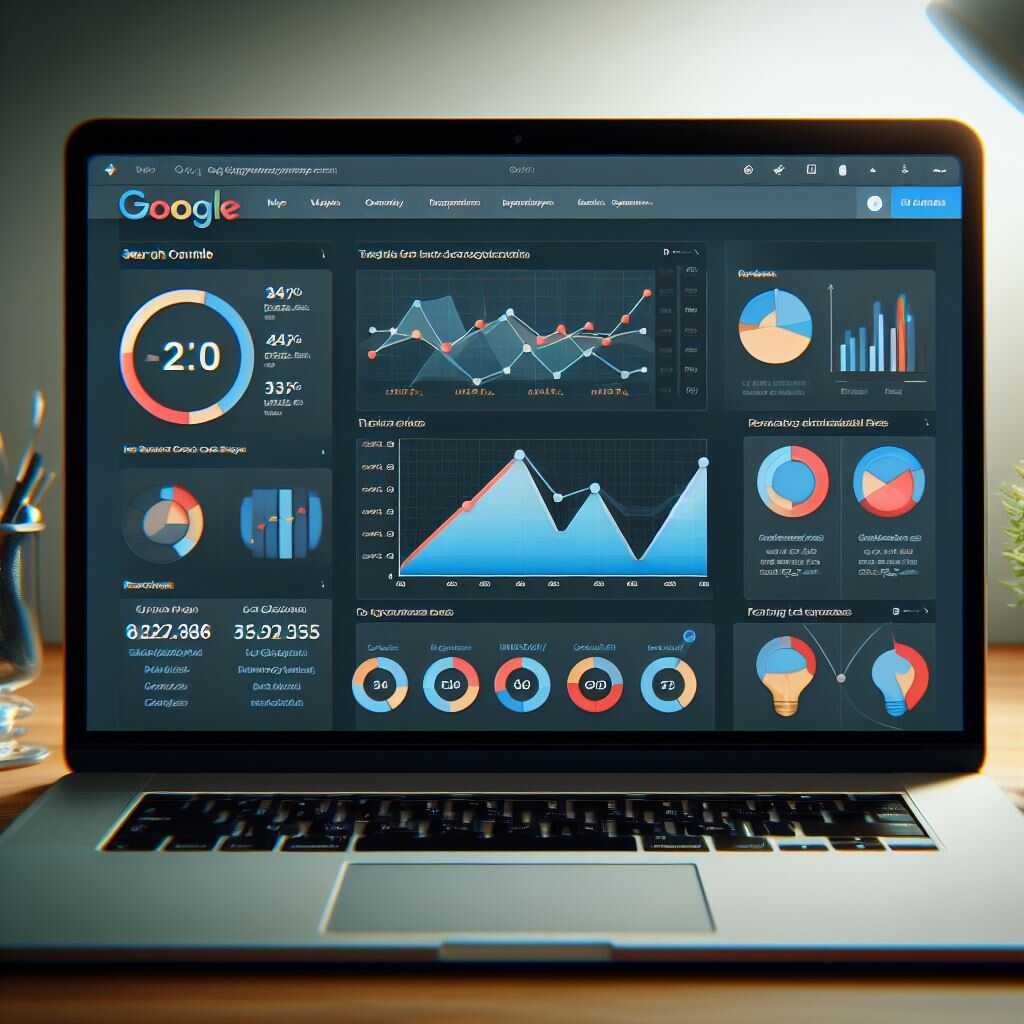Website loading speed significantly influences Bing search engine rankings, determining how high a site appears in search results. A faster site enhances user experience and engagement, directly impacting visibility and ranking on Bing. At Metrics Rule, we understand the vital role that website performance plays in SEO, particularly for businesses striving to optimize their presence. This article will explore key strategies to improve your website’s loading speed, helping you gain an edge in Bing’s competitive search landscape.
Why Website Loading Speed is Essential for SEO Performance
Website loading speed is crucial for SEO performance because it directly affects user engagement. A fast-loading website enhances user experience, enabling visitors to navigate easily. In contrast, a slow-loading site can lead to higher bounce rates, which negatively impacts search rankings. Studies indicate that if a website takes longer than three seconds to load, up to 40% of users may leave. This statistic illustrates how vital it is for website owners and digital marketers to focus on speed optimization to ensure better rankings on search engines like Bing and Google.
Impact of Loading Time on User Satisfaction and Search Rankings
The loading time of a website plays a significant role in user satisfaction and consequently affects its search rankings. A study by Google shows that websites that load in under three seconds can significantly improve their user retention rates. Enhancing website loading speed not only boosts user experience but also ensures that search engines, such as Bing, crawl and index your pages more efficiently. This leads to better visibility in search results. By utilizing various optimization techniques, including image compression and efficient coding practices, you can achieve a fast and reliable website that increases user satisfaction and SEO performance.
Understanding Bing’s Ranking Factors for Website Speed
Bing primarily considers several ranking factors to assess website loading speed. Key elements include server response time, page weight, and mobile usability. A website with a quick server response time ensures users don’t wait long for content. Moreover, page weight, which is determined by images and scripts, can significantly impact loading speed. A lighter page provides a quicker interaction. Additionally, mobile usability is essential, as Bing emphasizes mobile-friendly sites. By optimizing these aspects, website owners can greatly enhance their visibility in Bing’s search results.
Essential Techniques for Improving Website Loading Speed on Bing
Improving website loading speed on Bing requires targeted techniques. Start by optimizing images and ensuring they are properly compressed without sacrificing quality. Implementing browser caching can make repeat visits faster, enhancing overall user experience. Testing your site’s performance on different devices is crucial, especially with the rise of mobile usage. Tools like Bing’s Webmaster Tools provide insights on issues hurting site speed. Regularly reviewing these performance metrics helps identify areas for improvement, ensuring the website remains efficient for users. By applying these strategies, businesses can secure a solid ranking on Bing’s search engine results pages.

The Correlation Between Loading Speed and Bing Rankings
Research shows a strong correlation between website loading speed and Bing search rankings. Studies indicate that pages with faster loading times are more likely to land higher in search results. For instance, when testing various websites, it was found that a 1-second delay can negatively impact search rankings by 20%. Enhanced website loading speed not only improves user experience but also boosts visibility in search engine results. Specifically, reliable data supports that implementing performance optimization techniques, such as image compression and leveraging browser caching, can enhance rankings on Bing significantly.
Key Factors Influencing Loading Speed on Bing
Several critical factors influence loading speed, directly impacting Bing’s ranking algorithms. Server response time is foundational; if servers take too long to respond, indexing delays occur. Image optimization, which minimizes file sizes without sacrificing quality, is essential. Implementing proper formats like WebP can effectively enhance loading efficiency. Furthermore, ensuring your website is mobile-friendly is crucial in the age of e-commerce, as Bing places significant emphasis on mobile performance. Regular website speed testing can deliver insights into performance issues, enabling you to make adjustments that improve your ranking potential. This proactive approach helps maintain a competitive edge in search visibility.
Impressive Statistics on Site Speed and Ranking
- 49% of users expect a page to load in under 2 seconds.
- Website loading speed impacts 70% of user satisfaction ratings.
- Bing prioritizes pages that load in under 3 seconds.
- A slow page can lead to a 20% drop in potential conversions.
- Search engines may drop rankings for pages taking longer than 5 seconds to load.
- Improving site speed by one second increases retention by 7%.
- Studies show a 3-second delay increases abandonment rates by 32%.

Case Studies: Fast Vs Slow Websites on Bing
This section presents real examples of websites with different loading speeds, illustrating their Bing rankings. For instance, a retail e-commerce site with a loading speed of under 2 seconds consistently ranks in the top three for key product searches. In contrast, a similar site that takes over 5 seconds sees its rankings drop significantly. The difference in performance provides a clear case for optimizing website loading speed to enhance visibility in Bing search results. Factors such as user experience and page reliability play crucial roles in these rankings.
Factors Influencing Speed and Performance on Bing Rankings
Understanding the factors influencing speed and performance is essential for improving your Bing rankings. Sites that load faster can handle more user traffic effectively, leading to lower bounce rates and higher engagement. Important performance metrics, like Time to First Byte (TTFB) and overall server responsiveness, heavily influence how Bing evaluates a site’s quality. Additionally, a well-optimized site provides an excellent user experience, encouraging visitors to engage longer. Technical SEO strategies, including compressed images and minimized HTTP requests, are vital to achieving fast load times, as these strategies enhance the overall crawling and indexing processes on Bing.

Best Practices to Enhance Your Website’s Loading Speed
To enhance your website’s loading speed, implement effective image optimization techniques by compressing images without sacrificing quality. Use formats like WebP for better efficiency. Reducing server response times can be achieved by choosing a reliable hosting service and optimizing your database queries. Leverage caching strategies to store frequently accessed data, ensuring quicker delivery on repeat visits. Aim for an ideal loading speed of under three seconds, as this enhances user experience and helps improve Bing search rankings.
Optimizing Images and Caching to Improve Speed
Image optimization plays a crucial role in enhancing website performance. Compressing images can significantly reduce loading times and improve overall site efficiency. Additionally, properly configured caching strategies reduce the time needed to reload information on repeat visits. Implement browser caching to store static resources, allowing users to retrieve them faster without fetching from the server. By focusing on these website performance metrics, you can ensure that your site meets the recommended target loading speed, which not only improves user satisfaction but also positively affects your search engine rankings.
Key Advantages of Fast-Loading Websites
- Faster pages enhance user satisfaction and browsing experience.
- Improved loading times boost visibility in Bing search results.
- Quick sites lead to higher conversion rates and lower bounce rates.
- Visitors prefer engaging with content that loads promptly.
- Better speed contributes significantly to overall website performance.
- Fast loading mechanisms reduce server load and bandwidth costs.
- Enhanced site speed fosters trust and credibility among users.

Technical SEO Techniques to Boost Loading Speed
To enhance website loading speed, several technical SEO techniques are essential. Resource minification helps reduce the size of HTML, CSS, and JavaScript files, allowing faster loading. Proper use of redirects ensures that users reach the intended destination without unnecessary delays. Server optimization practices, such as utilizing Content Delivery Networks (CDNs), enhance performance by distributing content closer to users globally. Collectively, these practices improve loading speed, ensuring better rankings on Bing and other search engines.
Minification and Resource Efficiency
Minification plays a critical role in resource efficiency. This process involves removing unnecessary characters from files, which reduces their size without affecting functionality. By implementing minification for CSS and JavaScript files, websites can significantly enhance loading speed. Websites should also perform regular tests on their minified resources to ensure they are delivering optimal performance. In doing so, businesses can provide users with a smoother experience, ultimately helping to boost search rankings on Bing.
Tools for Monitoring and Assessing Website Speed
To measure and monitor website loading speed, several tools offer valuable insights. Tools like Google PageSpeed Insights, GTmetrix, and Pingdom provide essential data on page speed, optimization suggestions, and performance analytics. Google PageSpeed Insights evaluates your site against best practices, while GTmetrix combines performance data from both Google Lighthouse and WebPageTest. Pingdom offers a user-friendly interface that highlights loading speed metrics and provides a reliability score based on past performance testing. Understanding these tools empowers users to make informed decisions regarding their SEO strategies by enhancing website efficiency and ensuring better visibility on Bing.
Choosing the Best Speed Testing Tools for Your Needs
When selecting speed testing tools, consider their features, ease of use, and reliability. Google PageSpeed Insights and GTmetrix excel in offering detailed performance breakdowns and actionable insights. GTmetrix provides performance scores which help identify critical loading speed metrics, while Pingdom is great for real-time monitoring and alerts. These tools are designed for both technical and novice users, making them accessible for anyone looking to improve their website’s performance. Regular reviews of tool results and comparisons help optimize your site’s loading speed for better crawling and indexing by search engines. Using reliable analytics, you can ensure your site’s speed meets or exceeds the ideal standard for Bing rankings.
Relevant Brands and Use Cases in the Speed Optimization Space
- Google focuses on analytics tools to improve site performance.
- WordPress offers plugins for enhancing loading speed effectively.
- Adobe connects with brands seeking rich media that is optimized.
- Shopify empowers eCommerce businesses with built-in speed features.
- Squarespace provides templates designed for quick loads.
- Cloudflare supports websites needing robust speed solutions globally.
- Users looking to improve site speed may prefer brands showcasing clear benefits.
Anticipating Future Developments in Website Speed and SEO
Anticipating future developments in website performance reveals critical trends that could significantly impact Bing’s SEO rankings. The rise of mobile-first indexing and progressive web apps (PWAs) are at the forefront, as they emphasize fast loading times and responsive designs. Simultaneously, artificial intelligence (AI) plays a vital role in optimizing performance by providing real-time analytics and predictive insights. Experts predict that by 2025, the correlation between faster loading speeds and increased user engagement will rise by at least 30%. Understanding these trends is essential for website owners aiming to enhance their search rankings on Bing.
Impact of AI on Performance Optimization
AI is transforming how businesses approach website performance optimization. Intelligent algorithms analyze user behavior, helping identify patterns that enhance loading speed and overall site efficiency. By utilizing AI-driven testing tools, SEO professionals can simulate user interactions and gather data on what features improve performance. These insights help refine website structure, ensuring reliable crawling and indexing. Moreover, AI helps prioritize changes based on data-driven outcomes, leading to better user experiences and improved SEO results. Harnessing AI’s capabilities is crucial for staying ahead in the competitive landscape of digital marketing, especially for those focused on Bing search engine rankings.
